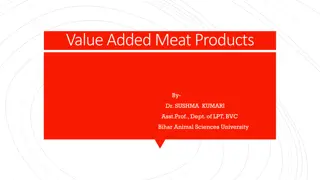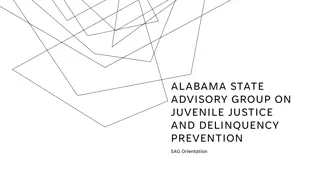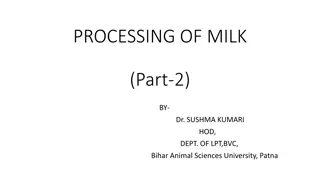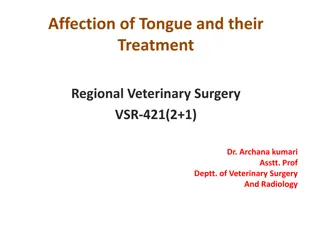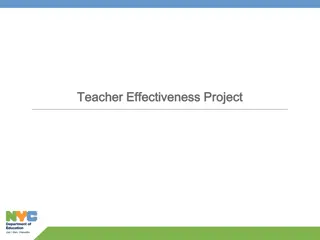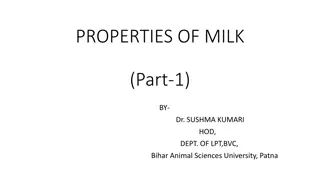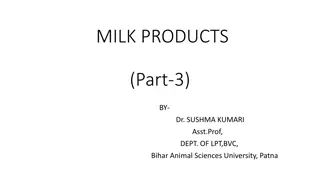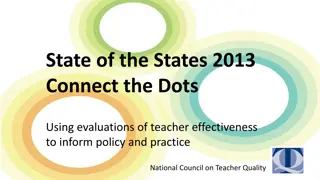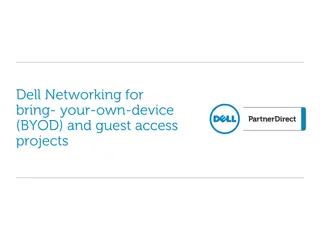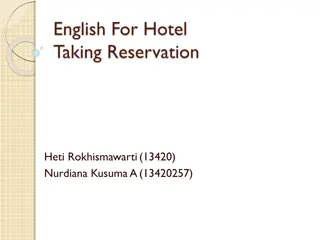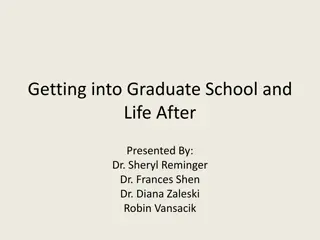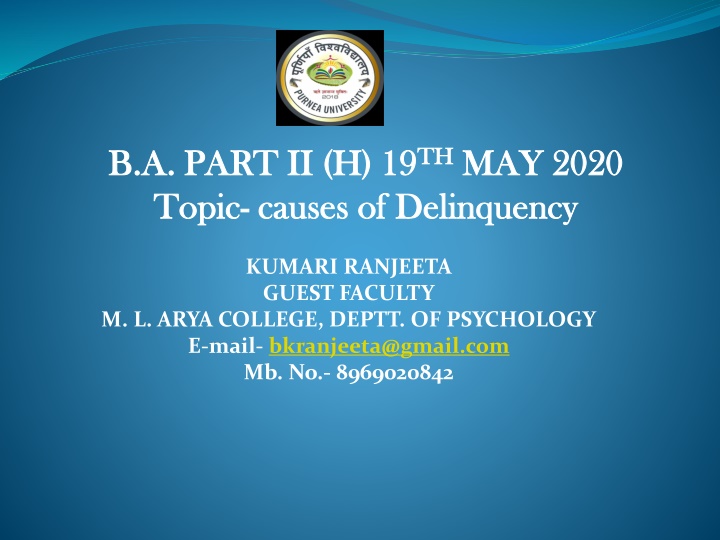
Understanding Causes of Delinquency in Youth
Explore the various factors contributing to delinquent behavior in youth, such as economic problems, substance abuse, home life challenges, and lack of adult interaction. Learn how these issues influence criminal activity and juvenile delinquency.
Download Presentation

Please find below an Image/Link to download the presentation.
The content on the website is provided AS IS for your information and personal use only. It may not be sold, licensed, or shared on other websites without obtaining consent from the author. If you encounter any issues during the download, it is possible that the publisher has removed the file from their server.
You are allowed to download the files provided on this website for personal or commercial use, subject to the condition that they are used lawfully. All files are the property of their respective owners.
The content on the website is provided AS IS for your information and personal use only. It may not be sold, licensed, or shared on other websites without obtaining consent from the author.
E N D
Presentation Transcript
B.A. PART II (H) 19 B.A. PART II (H) 19TH Topic Topic- - causes of Delinquency causes of Delinquency TH MAY 2020 MAY 2020 KUMARI RANJEETA GUEST FACULTY M. L. ARYA COLLEGE, DEPTT. OF PSYCHOLOGY E-mail- bkranjeeta@gmail.com Mb. No.- 8969020842
19 MAY 2020 B.A. PART II (H) PAPER III,UNIT IV (UNDERSTANDING DEVIANT BEHAVIOUR) CAUSES OF DELINQUENCY The main cause of delinquency are: Economic Problems : Lack of food, clothing or a secure place to stay can also lead to criminal activity. Children will turn to steal when they are hungry. If a minor is in a position to not have their most basic needs met, there is a high potential for many types of criminal activity to take place. Substance Abuse -Home Life: When there is a home life that has substance abuse taking place within the home, there is a high risk for criminal activity by the minors in that home.
19 MAY 2020 B.A. PART II (H) PAPER III,UNIT IV (UNDERSTANDING DEVIANT BEHAVIOUR) Crimes may be committed to getting necessities that are not being provided, or they may be committed to helping their caregiver support their habits. When substance abuse is in a home there is less guidance for the minors as well. Substance Abuse Personal: When there is substance abuse at home there is a high risk for substance abuse in the minor and is one of the reasons for juvenile delinquency. When a teen is using drugs or alcohol there is a significantly higher risk for criminal activity. This is for two reasons. First, the minor will commit crimes so that they can support their habit.
19 MAY 2020 B.A. PART II (H) PAPER III,UNIT IV (UNDERSTANDING DEVIANT BEHAVIOUR) The second reason is that the decision-making process in the minor is altered and they may do things that they have not actually thought through. It is much easier to influence someone to commit a crime when they are under the influence of a mind-altering substance because they do not have the thought process to make the right decision. Physical Abuse At Home: When a child or teen is being physically abused at home it is not unusual for them to act out when away from home. This is generally in the form of more violent crimes against people or property. Assaults of all types of vandalism are often associated with physical abuse at home.
19 MAY 2020 B.A. PART II (H) PAPER III,UNIT IV (UNDERSTANDING DEVIANT BEHAVIOUR) Lack Of Adult Interaction: Children are influenced by those around them. That is the natural order of things. Children who do not have an adult influence in their life to teach them right from wrong, encourage them to stay within the law, or just be a presence in their lives are more prone to criminal activity. An adult influence helps children make the right decision in all situations. Peer Pressure Neighborhood Influence: The people that the minor associates can have a dramatic effect on what choices they make when they are away from home. Peer pressure is a very real thing, and minors will often act out in front of their friends so that they feel accepted and are a part of a group and ids reasons for juvenile delinquency.
19 MAY 2020 B.A. PART II (H) PAPER III,UNIT IV (UNDERSTANDING DEVIANT BEHAVIOUR) In more dangerous neighborhoods you may also see children acting out in fear of gang activity. Minors make choices to protect themselves or to impress gang members to protect their own safety. Peer influence and personal safety can lead to a life of crime for any minor. Of course, there may be many other factors that can contribute to a minor violating the law. Because these circumstances can be the deciding factor in breaking the law or not, the court system looks very carefully at the entire situation when reviewing a case involving a minor.








